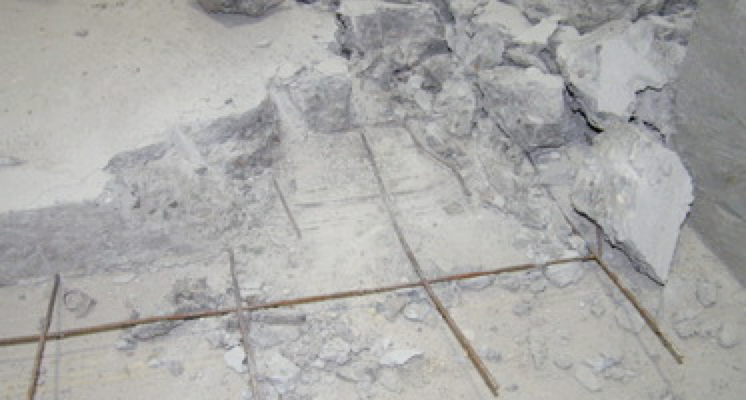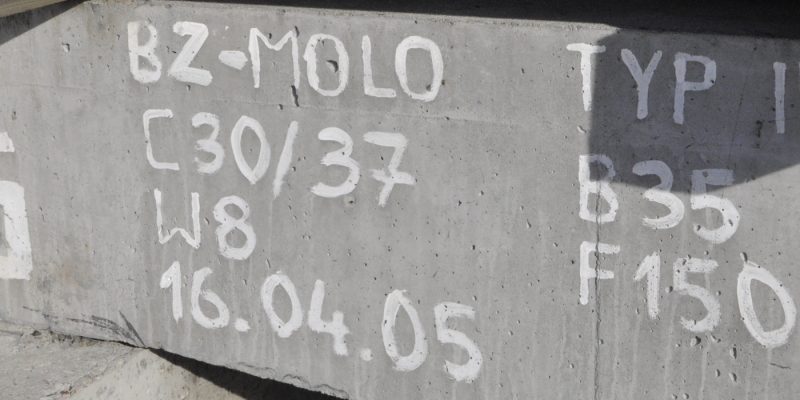Adaptacja posadzki przemysłowej – case study
Adaptacja posadzki przemysłowej.
Przeznaczenie pomieszczeń eksploatowanych przez lata ulega zmianie. Wymaga to często wykonania odpowiedniej adaptacji również posadzki przemysłowej. Może się jednak okazać, że podczas prac wykonawczych pojawią się błędy, którym trzeba szybko zaradzić. Opisany przypadek dotyczy modyfikacji metody adaptacji posadzki przemysłowej, w celu uzyskania jak najlepszego efektu, przy zapewnieniu właściwej skuteczności i trwałości zaproponowanego rozwiązania.
Adaptation of industrial flooring.
The purpose of rooms which have been used for years is subject to change. This often requires the appropriate adaptation of the industrial floor as well. It may turn out, however, that during the execution works there will be errors that need to be quickly corrected. The described case concerns modification of the method of adaptation of industrial flooring in order to obtain the best possible effect, while ensuring proper effectiveness and durability of the proposed solution.





